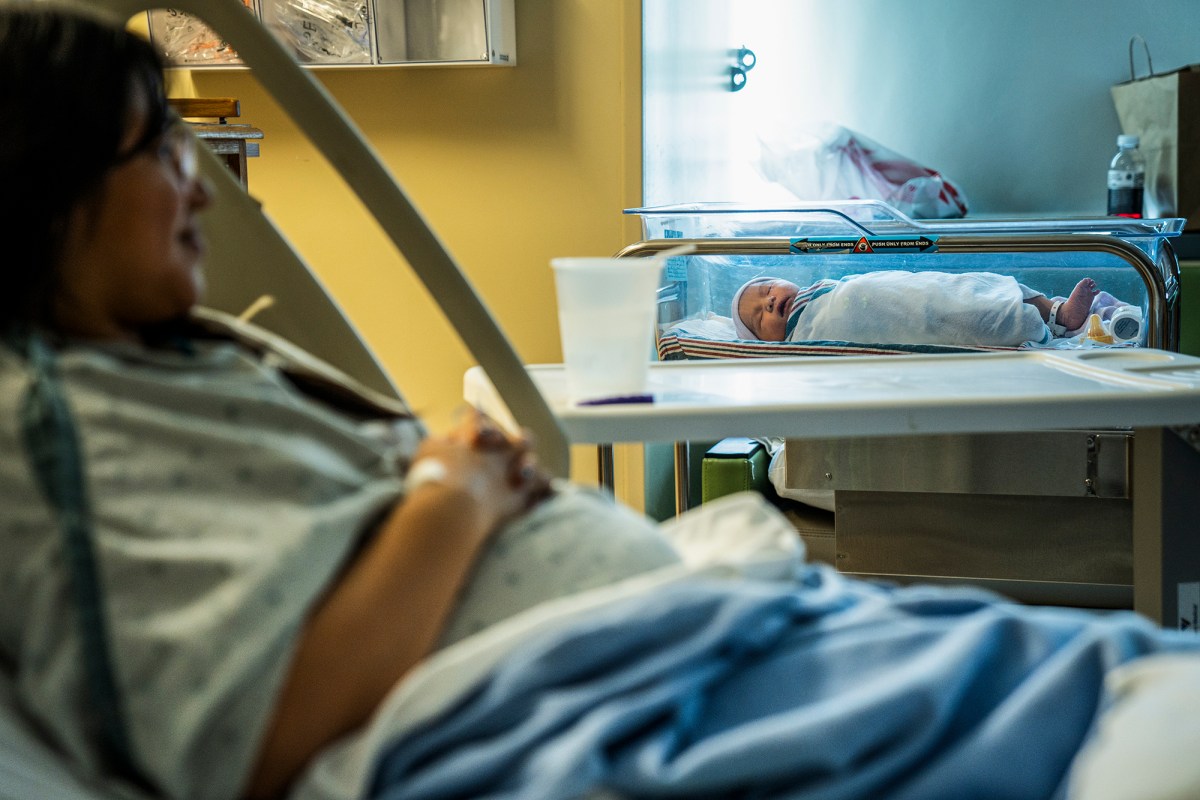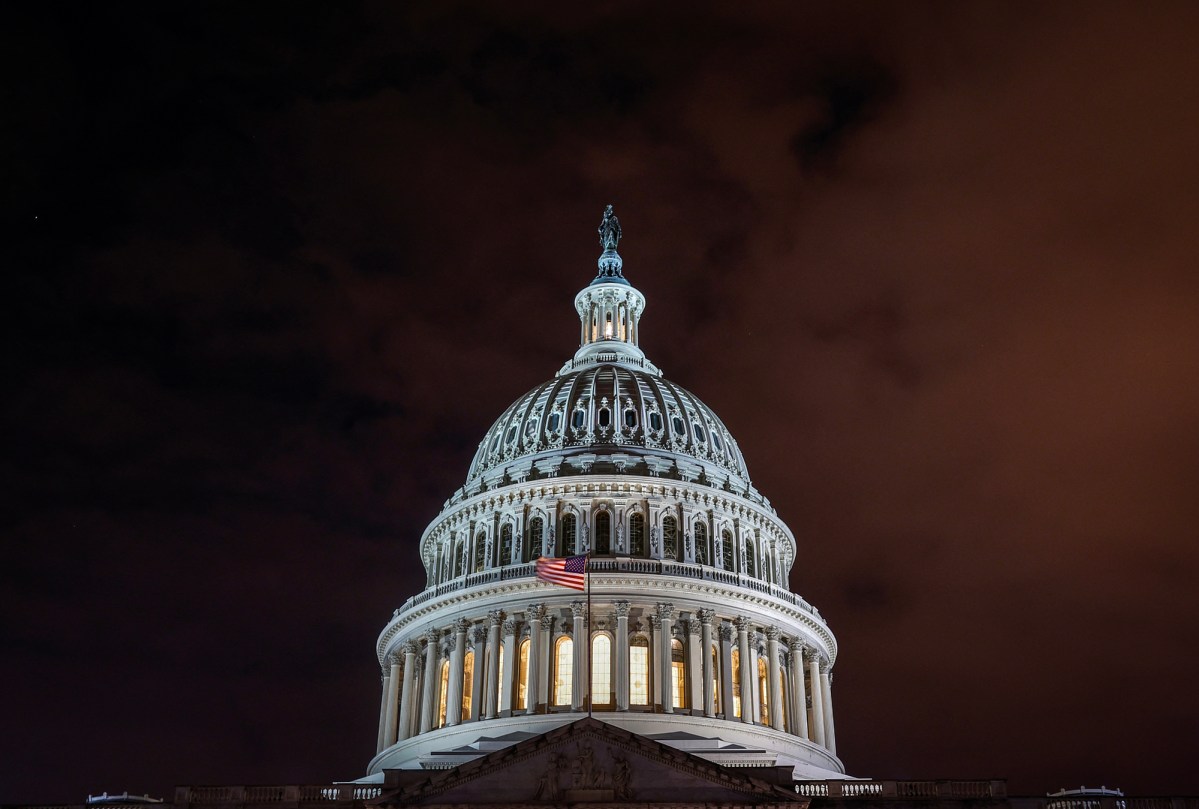This story is part of
California Voices,
a commentary forum aiming to broaden our understanding of the state and spotlight Californians directly impacted by policy or its absence. Learn more
here
.
Guest Commentary written by
John McHugh
John McHugh is an obstetrician who has practiced for decades in Southern California. He is chair of the American College of Obstetrics and Gynecology for District IX, which includes California.
A few months ago, I worked my final night as an OB/GYN on labor and delivery at USC Verdugo Hills Hospital in the Los Angeles County city of Glendale. I wanted my team of doctors, nurses and other staff to get together one last time and connect before we shut down the unit.
There were no patients in the labor rooms, no newborns in the nursery, and the halls were silent. So different from the nights when we pulled together to help so many, and were proud every time we assisted a new mother going home with her baby. The ambulances had already been told to take pregnant patients elsewhere. Patients had been rescheduled at other hospitals.
In the quiet of the postpartum unit, some staff shared that they had been born here; others told stories of celebrating the births of friends and family members. Many talked about how meaningful it was to be able to show their children the cribs they had been warmed in after birth. It reminded me how, when I was a child, each time we drove past the hospital where I was born, I waved, believing the bricks remembered me, too.
Today, as hospitals and even more
labor and delivery units
close in California and across the country, many will not have those memories. Even more tragic is that pregnant patients in many areas of the state will have a much harder time having a safe birth.
Nearly 60 hospitals and labor and delivery units
across California
have closed since 2012;
roughly 30%
of those were in Los Angeles County. Typically, when we think about maternity care access issues, we think of rural areas, where geography compounds long-standing problems.
Over half of rural counties across the U.S.
are without access to obstetric care. But according to
recent research
, one-third of urban U.S. hospitals did not offer obstetric services in 2022.
California labor and delivery units are closing for several reasons. Across the country, reimbursement for obstetric services is not keeping pace with inflation, forcing hospital administrators to decide if they can provide services that cost more than the payment they receive. U.S. birth rates also are declining. And the high cost of housing, especially in places like California, is pushing people to start families farther away from cities.
California labor and delivery units are closing at a rate
three times faster
than in other parts of the country.
Fewer hospitals means longer wait times for pregnant patients — including at the emergency room, where they will be increasingly forced to go instead of labor and delivery units. Many emergency medical service providers, without specially trained staff, are ill-equipped to stabilize and treat pregnant patients.
Read Next
Vast stretches of California lose maternity care as dozens of hospitals shut labor wards
During the winter months, when many patients present with COVID and flu symptoms, emergency room waits can sometimes last for hours. A pregnant woman might have complaints — a stomach ache or some discharge — that seem minor enough to put other patients ahead of her. But these may in fact indicate a condition like preterm labor or ruptured membranes that requires urgent action.
Legislators at the state and federal levels are working to address these problems. Last year, the American College of Obstetricians and Gynecologists (where I serve as chair) endorsed and the California Legislature passed
AB 2490
, the Reproductive Health Emergency Preparedness Program Act, to provide reproductive healthcare funding, training, and technical assistance for hospital emergency departments. But the
governor vetoed the bill
due to budgetary issues.
In February, a bipartisan group of U.S. senators introduced the
Rural Obstetrics Readiness Act
. The legislation would provide, among other things, funding and resources to create obstetric emergency training programs for rural health care facilities that do not have dedicated labor and delivery units. Last fall, senators put forward the
Keeping Obstetrics Local Act
, to help rural and high-need urban hospitals deal with the high cost of operating a labor and delivery unit.
Meanwhile, labor and delivery units continue closing.
In the part of L.A. County USC Verdugo Hills Hospital has served, other hospitals provide maternity services. So our patients will not feel the worst effects of the loss of a labor and delivery unit. But the nurses have moved on, and many of the doctors have opened new offices elsewhere.
There remains a hole in this community, and memories lost. Unless we prioritize keeping labor and delivery units open, Californians will continue to sacrifice pieces of their past — and the ability to safely give birth close to home for years and years to come.
This commentary was adapted from an essay produced for
Zócalo Public Square
.
Read more from CalMatters
Text
Get breaking news on your phone.
Download
Keep up with the latest via our app.
Sign up
Receive free updates in your inbox.
Nonpartisan, independent California news for all
We’re CalMatters, your nonprofit and nonpartisan news guide.
Our journalists are here to empower you and our mission continues to be essential.
-
We are independent and nonpartisan.
Our trustworthy journalism is free from partisan politics, free from corporate influence and actually free for all Californians. -
We are focused on California issues.
From the environment to homelessness, economy and more, we publish the unfettered truth to keep you informed. -
We hold people in power accountable.
We probe and reveal the actions and inactions of powerful people and institutions, and the consequences that follow.
But we can’t keep doing this without support from readers like you.
Please give what you can today. Every gift helps.












With Kamala Harris out, who will emerge as frontrunner in California governor’s race?